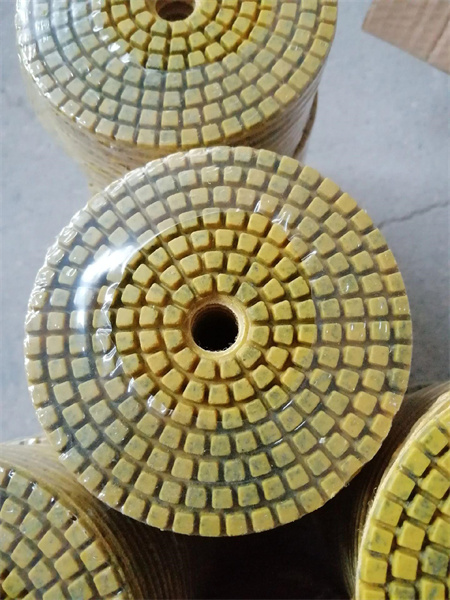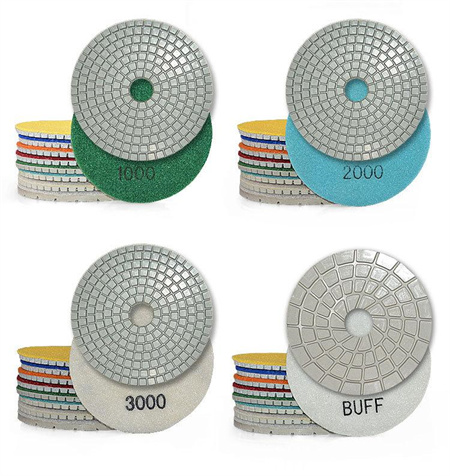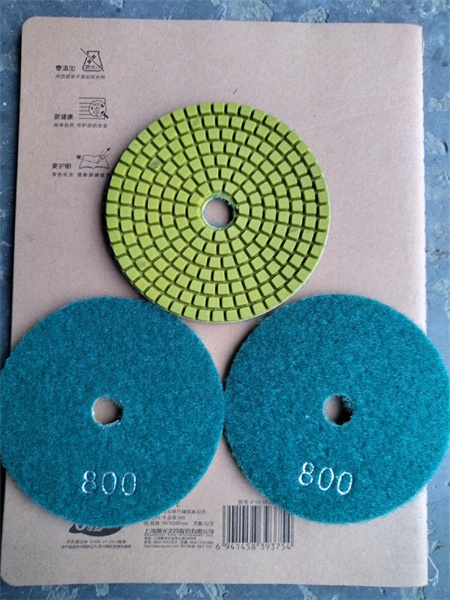Flexible vs Rigid Diamond Polishing Pads – Buyer’s Guide

When it comes to polishing surfaces like granite, marble, or concrete, choosing the right diamond polishing pads can make all the difference. With so many options out there, two types stand out: flexible and rigid. While both have their unique advantages, understanding their differences is key to achieving the best finish. Let’s dive into how these two types of pads compare, and which one might be the right choice for your polishing needs.

Flexible diamond polishing pads are known for their versatility and ability to adapt to various surface shapes. They are typically made of a soft resin that allows them to mold around curves and edges. This flexibility makes them ideal for projects that involve intricate, uneven, or curved surfaces. Whether you’re polishing countertops or working on delicate, intricate stonework, flexible pads offer a more forgiving touch that reduces the risk of damaging the material. They also tend to produce a finer, more polished finish, which is especially valuable when working with high-end materials.
On the other hand, rigid diamond polishing pads are built for power and precision. These pads are made with a firmer backing and are best suited for flat, even surfaces. They excel when it comes to removing heavy scratches, grinding rough surfaces, or achieving a high level of abrasion. If you’re dealing with hard, durable materials and need a pad that can handle tough jobs without losing performance, rigid pads are the way to go. They offer a consistent finish and work best in situations where smooth, even results are a priority.
One of the biggest factors to consider when choosing between flexible and rigid pads is the type of surface you’re working with. If you’re working on a smooth, flat surface and need a tough, aggressive grind, rigid pads are a solid choice. They can efficiently tackle challenging tasks like resurfacing large areas or removing deep scratches. However, for more delicate or curved surfaces, flexible pads allow for a finer finish without the risk of uneven polishing.
Price can also play a role in your decision-making process. Generally, rigid pads are less expensive than flexible ones. However, considering the job at hand and the type of results you’re aiming for might justify the extra investment in flexible pads. A more specialized tool could save time and provide a better result in the long run.
In conclusion, your choice between flexible and rigid diamond polishing pads depends largely on the nature of your project. For those looking for precision, heavy-duty grinding, and uniform results, rigid pads are a strong contender. But if you need to polish curves, edges, or delicate surfaces, flexible pads will likely give you the best finish. Understanding these differences and aligning them with your specific needs will ensure you get the most out of your polishing process.
